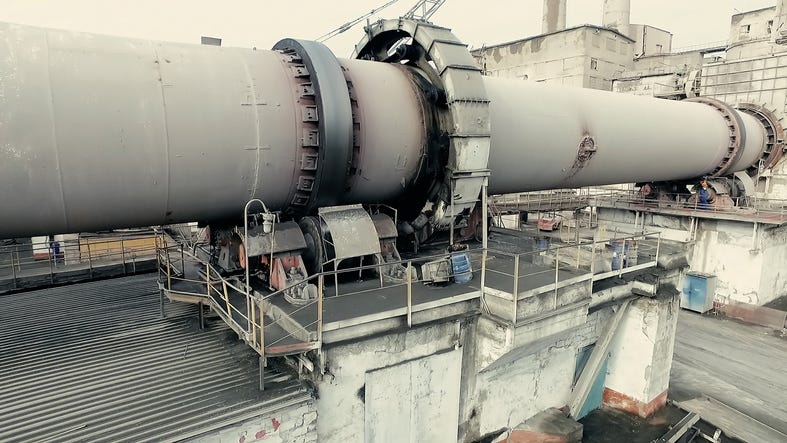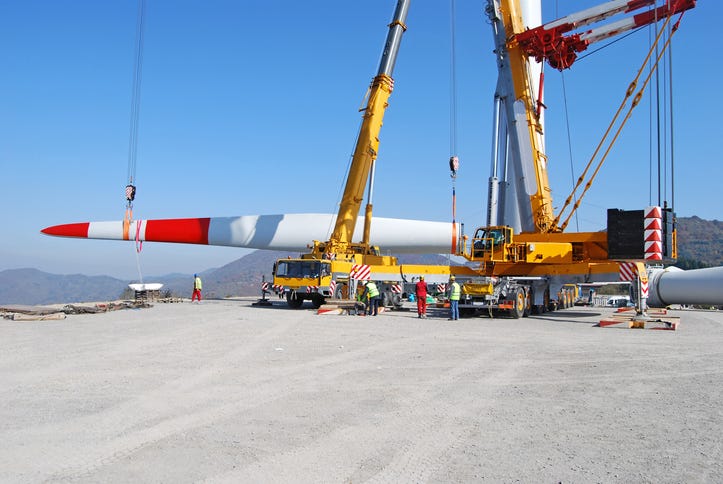What’s at Stake
When you think of greenhouse gases, you probably think of fossil fuels. But did you know that, if concrete were a nation, it would be the third-biggest emitter of carbon dioxide (CO2) on the planet? Concrete accounts for 8 percent of the anthropogenic CO2 released into the atmosphere, far more than airplanes (2.5 percent). Concrete emissions come mainly from the reaction that breaks up calcium carbonate in cement and from fossil fuels needed to heat kilns. Each cubic foot of concrete releases 139.5 pounds of CO2. We need building materials like concrete, but how can we make them more climate-friendly?
XPRIZEs for Reducing Emissions
This past spring, two teams won $7.5 million XPRIZEs for technologies that reduce the carbon emissions of concrete production. UCLA, the first university to win an XPRIZE, developed a technology called CarbonBuilt. It captures carbon dioxide from power plants and industrial emissions and uses it to make concrete. CarbonBuilt reduces the carbon footprint of concrete by more than half. The other prize-winner was Canadian startup CarbonCure. Their technology captures CO2 directly from kiln emissions and it into concrete. The CO2 turns into a mineral within the concrete and is permanently trapped. Read the press releases from UCLA and CarbonCure.
Substitutions
Researchers in Switzerland have found a way to reduce CO2 emissions from concrete by 40 percent by substituting some of the materials. That includes heated clay, unburnt limestone, ash from coal-burning, and slag from blast furnaces. Ash and slag even improve concrete’s strength and durability. And it works with existing equipment. Read the story by Padraig Belton for BBC News. For a deeper dive, read this story by Kelly Roberts that covers limestone-calcined clay as a carbon-saving component and this research paper on limestone-calcined clay.
Stronger Concrete Means Less is Needed
In England, an engineering company is working with the University of Manchester to introduce graphene, made of a fine layer of carbon atoms, into concrete. The resulting product, “Concretene,” is about 30 percent stronger than conventional concrete. Stronger concrete means less is needed, reducing costs and the carbon footprint of a building. It also reduces the need for steel reinforcement, and steel has its own carbon footprint. Read the story in Engineering & Technology.
Concrete and Wind Power
Ironically, wind turbines, a crucial green power source, rely on massive concrete footings. A typical foundation releases over a million pounds of carbon dioxide into the atmosphere because of its concrete content. It takes a lot of wind power to offset that carbon footprint! Now, a Kansas-based company has designed a new kind of foundation that keeps wind turbines upright with far less concrete. The new foundation emits 62 percent less CO2 than a conventional foundation. Read about the G2P Foundation on the company’s website.






i'm in the concrete business as well. the business is booming right now. how long do i think it will last? who knows. but i'm taking full advantage of it
-
Pete
https://santaclaritaconcretecontractor.com/
https://annenconnor.substack.com/p/toward-sustainable-concrete
<p><span style="font-weight: 400;">Thank you for sharing<a href="https://annenconnor.substack.com/p/toward-sustainable-concrete">!</a></span></p>